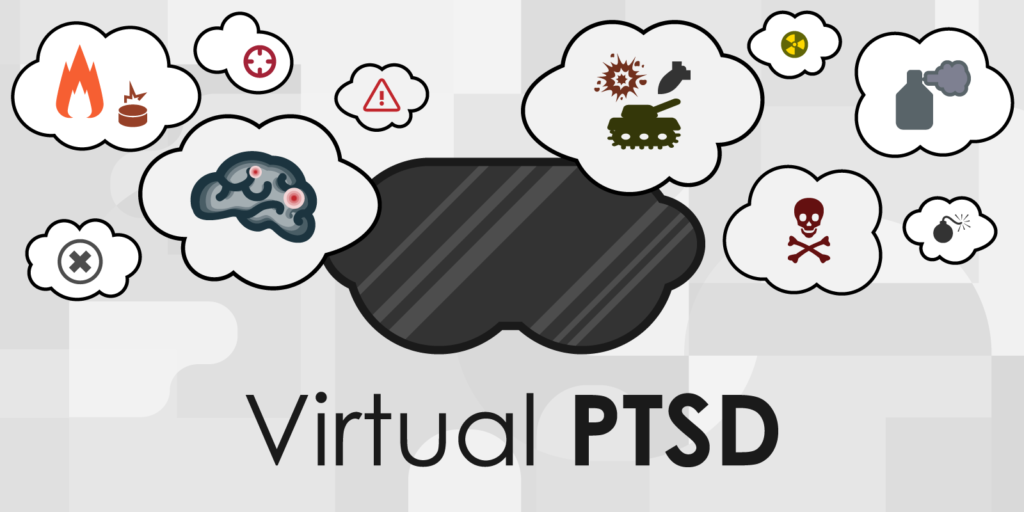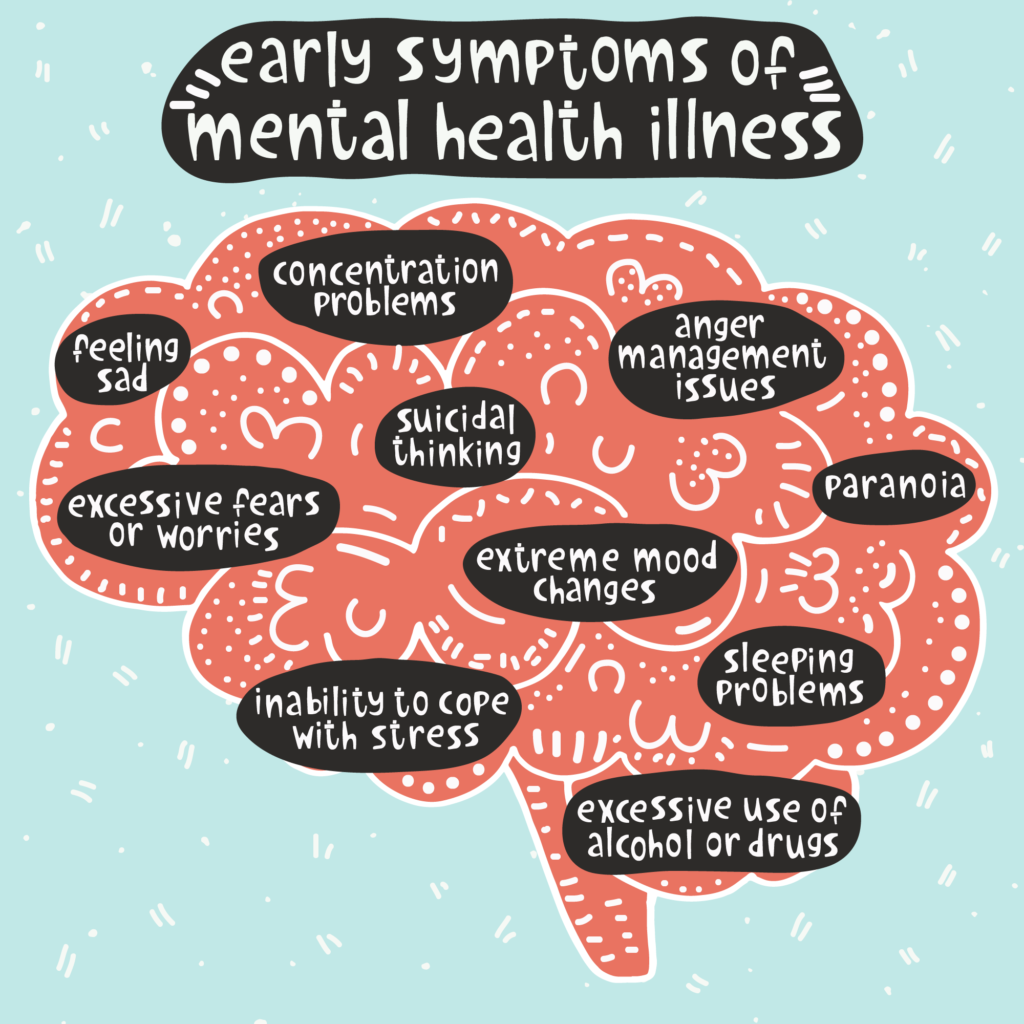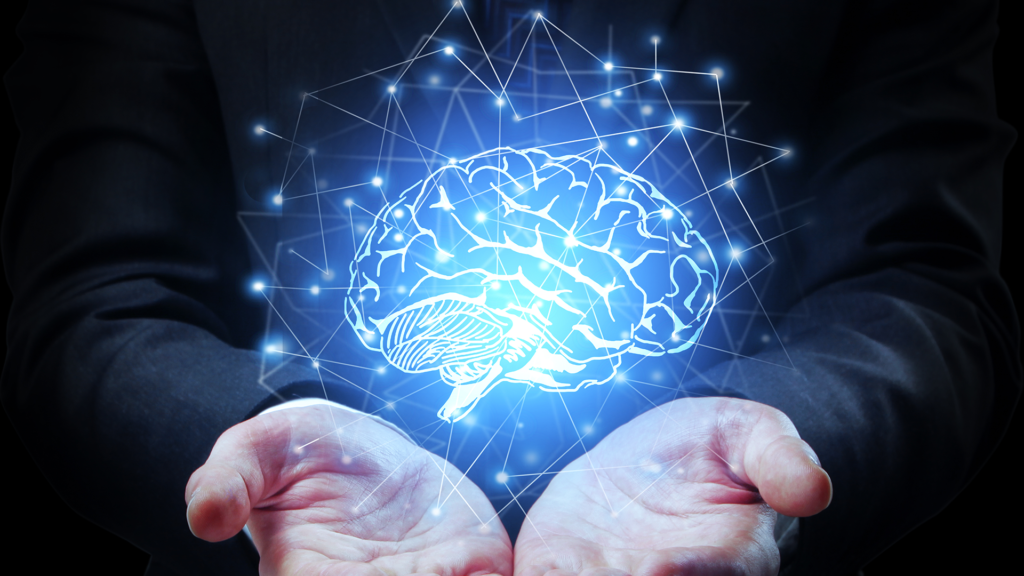Globally, there are around 450 million people that currently suffer from mental health or neurological disorders. It is estimated that one in four people experience mental health issues at some point in their life.
A report published by the World Health Organisation last year asserts that standard procedures for treating patients with mental health conditions is inadequate.
Today, therapists are exploring the possibility of using virtual reality (VR) and augmented reality (AR) as an alternative treatment.
VR is being used to treat patients with a wide range of mental disorders including anxiety, ADHD, psychosis, pain, behavioural conditions and post-traumatic stress disorder.
Early results suggest virtual worlds can make a significant and positive impact for treating mental health. Studies reveal that patients report satisfaction with VR-based therapies and find the technology is more acceptable than traditional methods.
The USC Institute for Creative Technologies has already won an award for their VR simulation used to treat ex-soldiers with PTSD. The award was presented by the American Psychological Association for outstanding contributions to the treatment of trauma.
Why VR Works For Treating Mental Disorders
The majority of treatable mental illnesses are caused by irrational fears. Although many of these phobias are initially caused by a physical experience, the mind recreates the trauma even when a threat is not present.
Subsequently, exposure therapy has become the gold standard for treating mental health disorders. When patients are positioned in a situation that causes distress, they are able to relinquish the fear by learning how to think, feel and behave constructively.
Ordinarily, therapists would have to take patients on a field trip and orchestrate an ad hoc therapy. Not only is this time-consuming, there is also a high possibility that something could go wrong and prompt a setback in the patient’s recovery.
The capacity of VR and AR to recreate a virtual world in a safe environment eliminates the current challenges of exposure therapy. Therapists can create a powerful simulation that tackles psychological issues without having to leave the office.
A virtual environment immerses the user in a world they can interact with. VR activates the motor and sensory parts of the brain to such an extent that the parallel reality translates as a real-world experience in the mind of the patient.
The sense of presence in VR is facilitated by sounds, smells, and touch which activate multiple senses and enables the user to interact with the virtual environment.
There exists, therefore, huge potential for the patient to adopt a different belief system which impacts their behaviour and feelings. When the subconscious mind is reprogrammed in the virtual world, the perception of the patient will transfer over to the real world.
How VR Is Being Used To Treat Mental Disorders
VR paradigms have the power to teach patients experiencing emotional distress to overcome irrational thought processes. Although the technology has mostly been used to treat phobias, anxiety and PTSD, therapists are looking at other users for the technology.
Some dynamic VR simulations are programmed to react to the actions of the user. This allows patients to interact with the virtual simulation in a natural and intuitive way. Eventually, the user will be able to generalise their experience in the virtual world to the real world.
VR has also be used to help reduce pain in post-operative patients. When immersed in a virtual environment, the mind is closed off from the real world and effectively acts as a distraction from pain.
Full sensory VR therapy has much more potential than the technology is currently being used for. Essentially, therapists can program any scenario you need to customise treatments for any patient.
VR simulations are created by adding elements by using 3D graphics or augmented reality. The additional elements act as the trigger to stimulate the patients condition and help make them become accustomed to the situation in a safe environment where there is nothing to fear.
VR treatments for neurological conditions such as autism are also being investigated. In one test, children interacted with a simulated character and a facial recognition app was used convey emotions with verbal cues so the children could understand how a facial expression reveals a feeling.
What’s next for VR
Although more research is required, VR and AR are being explored to treat other psychological conditions that are prevalent in today’s society, such as depression, obesity and drug abuse.
VR has the power to alter the way in which a patient perceives themselves. This enables them to assess their behaviour in a rational way rather than simply relying on remembering how they felt whilst immersed in a VR simulation.
It may not even be long before we can conduct VR therapies from remote locations whereby therapists will be able to treat more patients from their own homes.
As scientists understand more about the mind and how we can embrace technology in medical environments, VR has the potential to be a game-changer.
If you would like to discuss how you can integrate VR into your projects contact us here.












